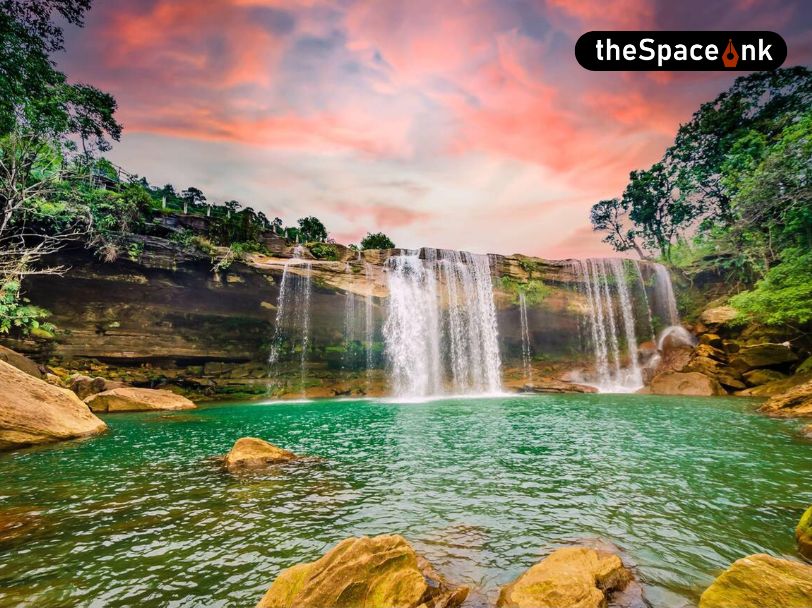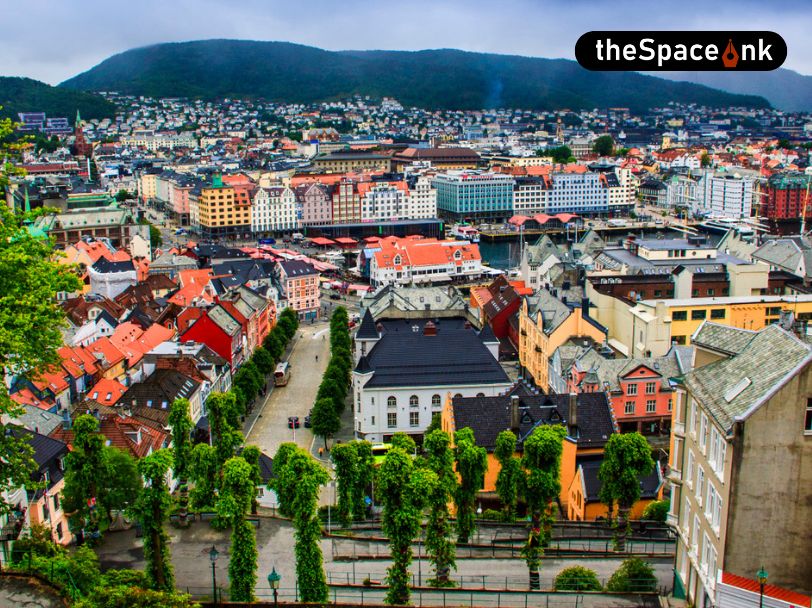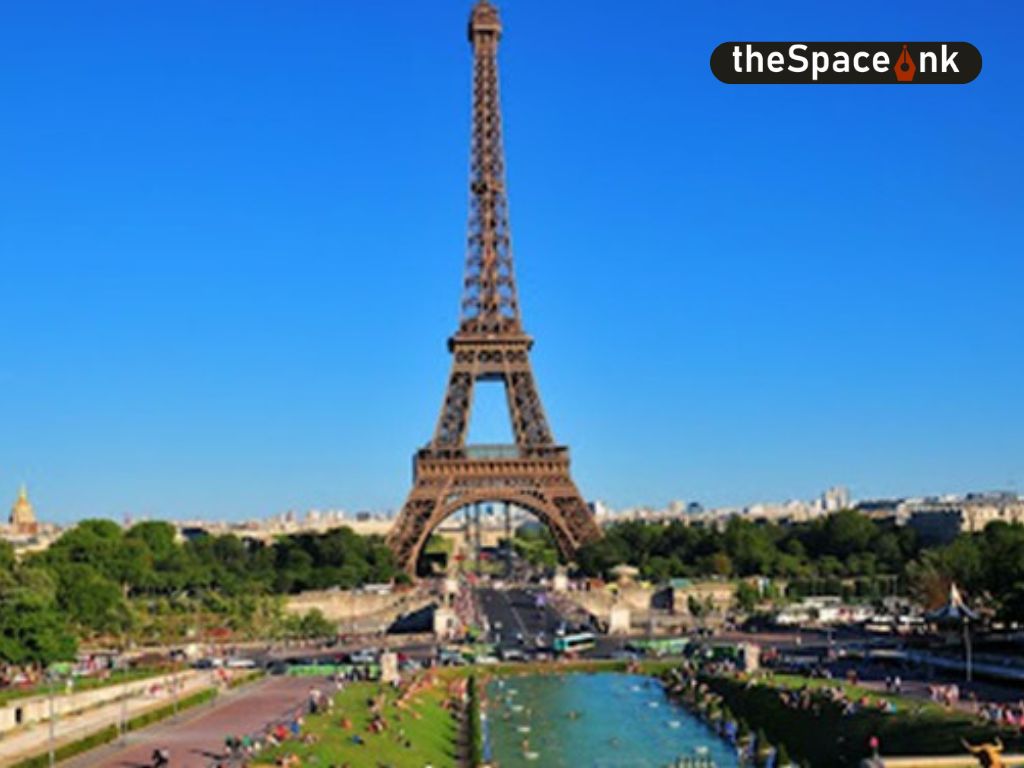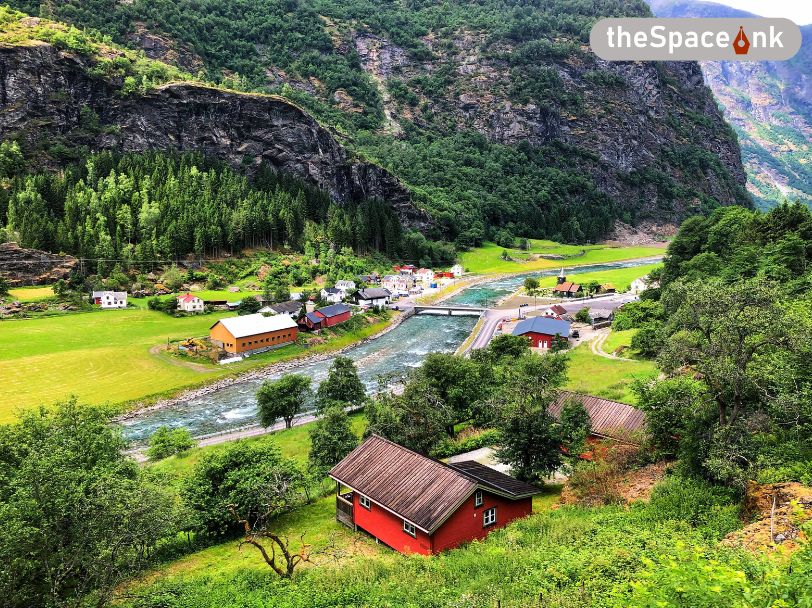It was nearing 5:30 pm. The onset of dusk was close. The sky above the jungle began to take on a blue-black hue. Birds, many of which were unfamiliar to us, were returning to their nests. We are also supposed to return to our hotel. But our journey back to Siem Reap appeared to be complicated at that moment.
There are three of us. Me and my two colleagues. One is still busy capturing photographs of birds. Another went to find a water tap to refill our bottle, and I, a bit tired, sat on a stone-block holding my mobile phone. The phone also seems to be exhausted enough to show the map properly. Whatever the map shows in unstable network signals, I knew, it is not less than 10 kilometers of walk back to the town if we don’t get a tuk-tuk for a ride.

The month of March in Cambodia is not bad for backpackers. Our much-awaited trip to Angkor Wat was originally scheduled for winter. Then some unforeseen events halted our journey. Despite almost giving up on our trip, during a weekend chai break, we decided to search for affordable flights once more. To our surprise, we came across some budget options, albeit for dates that were fast approaching. With only 10 days to prepare, we made our way to Cambodia.

Perhaps, we all know Angkor is not a single temple. Rather, it is a huge temple complex. It has forests, water bodies, and scores of archeological sites. UNESCO has designated Angkor as a significant archaeological site in South-East Asia, covering an area of approximately 400 square kilometers. It will require a month to explore the entire site. However, we are left with only five days before our departure from Kolkata. Like many other tourists, we decided to visit Angkor Wat and Angkor Thom, the Bayon Temple. I added Ta Prohm to that list at the last moment.
The sight of the fig trees firmly gripping onto massive stone blocks with their roots left us in awe.
Ta Prohm’s dimly lit pathways and deteriorating structure possess an intriguing captivation. Initially, we were meant to spend only an hour there before heading to Siem Reap. However, we decided to extend our stay to the end of visiting hours. Spotting shuttle cars in the parking lot, we released our tuk-tuk driver. Little did we know that was a mistake. As we exited the temple, an empty field stretched out before us. Once filled with cars and tuk-tuks, it now lay deserted. No tourists, no vendors, no guides. It was just Ta Prohm and us, surrounded by the forest and an air of uncertainty.

Perhaps philosopher Erich Fromm said, ‘Uncertainty is the very condition to impel man to unfold his powers.’ Here, at Ta Prohm, amidst uncertainty and desolation, the temple reveals itself to us. While my two colleagues attempt to arrange transportation in a security kiosk, I remain seated on a stone block, contemplating the newly unveiled Ta Prohm and its remarkable history.
During the late 12th century, Khmer King Jayavarman VII initiated the construction of this temple, known as the Rajavihara or the king’s monastery at that time. The temple was dedicated to Jayavarman’s family, with inscriptions indicating that the central part of the temple symbolizes Prajnaparamita, representing the perfection of wisdom and honouring the king’s mother. Originally established as a Buddhist monastery and university, Ta Prohm accommodated 12,500 residents, while the neighboring villages housed 80,000 individuals, who offered services and provisions to those residing in Ta Prohm.

Following the decline of the Khmer Empire in the 15th century, the temple of Ta Prohm fell into disuse and was left unattended for many years. By the time the conservation and restoration efforts for the Angkor temples commenced in the early 20th century, the temple had already been engulfed by the surrounding forest. The temple’s various sections were seized by the sprawling roots of fig, banyan, kapok, and silk-cotton trees, creating a mesmerizing sight as their branches and leaves intertwined to form a natural canopy over the structures. Amongst the stone pillars, the trunks of these trees twisted and turned, adding to the enchanting ambiance of the temple.
Also Read: Where History Whispers (Canada Travelogue – Part 3)
Ta Prohm was inscribed on the World Heritage List by UNESCO in 1992. India played a crucial role in conserving this temple. The Archaeological Survey of India conducted extensive restoration efforts on different parts of the temple. Moreover, the ASI erected platforms, put up rope railings, and constructed wooden walkways for visitors. The Indian flag can be seen on the signboard located near the entrance of the temple. Furthermore, there is a concise explanation of the partnership between India and Cambodia in preserving this important historical landmark.

So, when you travel to Cambodia in the future or if you are already in Siem Reap, be sure to visit Ta Prohm. It is a place in a foreign land where we have our reasons to celebrate and relish. Meanwhile, my mates are calling me desperately. I don’t know how or from where they managed to get a tuk-tuk. I bid farewell to the forest temple saying we may meet again!

Pro-tips:
Every time I read a travelogue I end up with pro-tips. So, whether you like it or not, it is my turn to give back one. Since you have come to this point, I request you, dear reader, to bear with me for some more time. Perhaps, these points might prove useful to some point.
Ta Prohm was used as a location in the film ‘Lara Croft: Tomb Raider’, featuring Hollywood actress Angelina Jolie as Lara Croft. Following the film’s release, some Westerners have referred to the site as ‘Jolie Temple’ or ‘Tomb Raider Temple’, which locals do not appreciate. It is best to continue using the original name, Ta Prohm.
Refrain from following Jolie’s adventurous spirit in this area, as it is currently undergoing extensive restoration due to decay. Jolie performed her stunts in Pinewood Studios rather than on the stone blocks of this decaying location.

Again, avoid participating in an ‘Indiana Jones’-type treasure hunt. It is crucial to follow the regulations, particularly the no-entry warning sign.
It is important to be mindful of your transportation as finding one late might be challenging for your journey back to Siem Reap.
Many hotels in Siem Reap bear the name ‘Ta Prohm’. However, none are situated close to the renowned temple. Hotels and contemporary buildings are prohibited from being located near Ta Prohm temple as per the rules within Angkor Park.

Obtain an official Angkor Pass from the designated office located kilometers away from the Angkor archaeological site. It is recommended to leave early to ensure a smooth process of acquiring the pass and visiting the sites without any delays.
Ta Prohm and other sites are religious places. Locals will appreciate it if you dress and behave accordingly.
All Images: The Author
Pijus Ash is a freelance journalist with over two decades of experience. An avid reader by nature, he likes to pursue independent research. In addition to his passion for reading, Pijus enjoys traveling and frequently embarks on backpacking.








